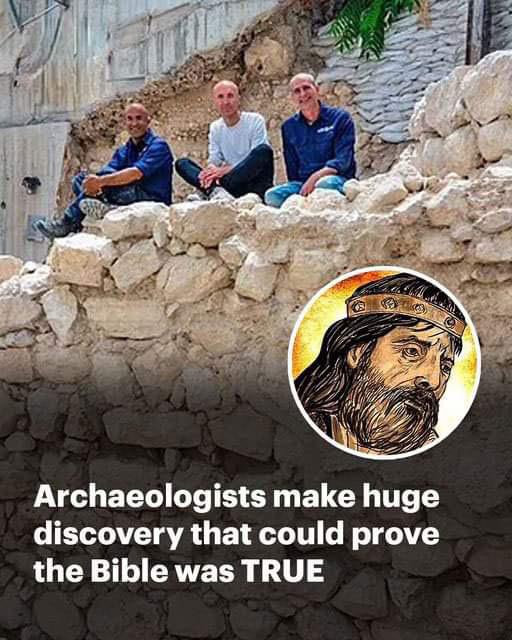For years Hezekiah, King of Judah, was credited with building a substantial portion of the wall in the center of ancient Jerusalem.
According to this interpretation, the building was carried out as a defensive move against the Assyrian Empire after the nearby Kingdom of Israel fell. But new, ground-breaking research that has been conducted over the past almost ten years has changed this story.
Demonstrating that the wall was, in fact, built by King Uzziah, the great-grandfather of Hezekiah, in reaction to a significant earthquake, consistent with biblical narratives.
Reevaluating Bible-Based Historical Narratives
In the past, the conventional wisdom dated the building of this wall to Hezekiah’s reign and linked it to his opposition to Sennacherib of Assyria. But a new study dates its roots to just after the big earthquake that rocked Jerusalem.
This information calls into question preconceived notions and forces a review of the city’s defense system and chronology.
A Grayscale Version of the Bible
The Old Testament, especially the Second Book of Chronicles, offers important insights into King Uzziah’s fortification attempts.
Archaeological discoveries and descriptions of towers built at key points in Jerusalem match, supporting the biblical account of the city’s fortifications and infrastructural advancements.
Carbon Dating as a Scientific Verification of the Bible Readings
The age of the ancient wall was determined by the Israel Antiquities Authority (IAA), Tel Aviv University, and the Weizmann Institute of Science working together to use sophisticated carbon-14 dating techniques.
After overcoming earlier difficulties caused by varying atmospheric carbon levels during the period, researchers improved the precision of dating by using information from old European tree rings.
This innovative method produced resolutions never seen in the field and offered priceless insights into the prehistoric past of Jerusalem.
Revealing the Demographic Development of Jerusalem
Apart from reassessing the timeframe for constructing Jerusalem’s defenses, the study illuminates the demographic and spatial development of the city.
Findings imply that internal Judean growth was a driving force behind expansion, in contrast to previous views that linked expansion primarily to external factors like the flood of refugees following the Assyrian exile.

